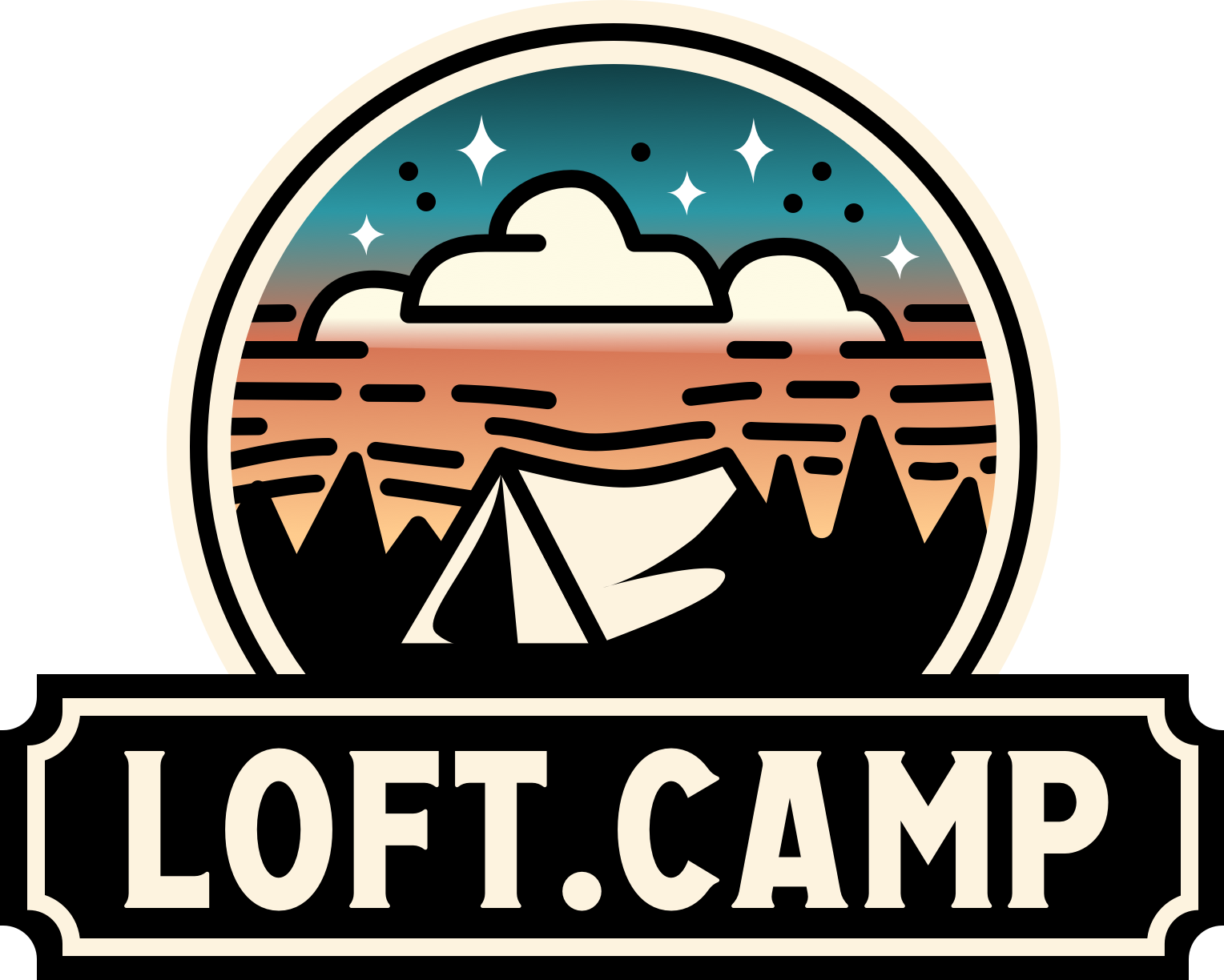Foraging for food in the wild is a timeless skill that humans have practiced for millennia. From gathering wild fruits and vegetables to hunting for protein-rich insects and small game, the wilderness offers a diverse array of edible treasures for those with the knowledge to find them. In this guide, we'll delve into the art of foraging, exploring various wild edibles, safety considerations, and sustainable harvesting practices to help you nourish yourself from nature's bounty responsibly and deliciously.
Identifying Edible Plants
Before setting out to forage for food, it's crucial to learn how to identify edible plants and distinguish them from their toxic counterparts:
Wild Edibles
Explore your local environment and learn to recognize common wild edibles such as berries, nuts, greens, and roots. Use field guides, foraging apps, and workshops to deepen your knowledge of edible plants in your area.
Safety First
Exercise caution and never consume any wild plant unless you are 100% certain of its identity and safety. Some plants have toxic look-alikes, so always verify your identification using multiple reliable sources.
Harvesting Wild Edibles
When harvesting wild edibles, follow these guidelines to ensure sustainability and minimize your impact on the environment:
Responsible Harvesting
Harvest only what you need and avoid overexploiting wild plant populations. Take no more than 10-20% of a plant population to allow for natural regeneration and ensure the survival of the species.
Leave No Trace
Practice leave-no-trace principles by minimizing damage to plants and their habitats. Use scissors or a knife to harvest plants cleanly and avoid trampling or disturbing surrounding vegetation.
Foraging for Protein
In addition to plant foods, the wilderness offers various sources of protein for foragers willing to expand their palate:
Insects
Insects are a rich source of protein and can be found in abundance in most environments. Common edible insects include crickets, grasshoppers, mealworms, and ants. Research proper identification and preparation methods before consuming insects.
Small Game
For more substantial protein sources, consider learning basic hunting and trapping techniques for small game such as rabbits, squirrels, and birds. Be sure to comply with local hunting regulations and ethical guidelines.
Foraging Safety Tips
Foraging in the wild comes with inherent risks, so it's essential to prioritize safety at all times:
Know Your Plants
Invest time in learning to identify edible plants accurately and confidently. Familiarize yourself with any toxic plants in your area and avoid them at all costs.
Stay Hydrated
Bring an adequate supply of water with you when foraging and stay hydrated throughout your excursion. Dehydration can impair judgment and decision-making, increasing the risk of accidents.
Be Prepared
Carry essential supplies such as a first aid kit, navigation tools, and emergency communication devices when venturing into the wilderness. Let someone know your plans and expected return time before heading out.
Respect Nature
Forage responsibly and with respect for the natural world. Leave plants and habitats undisturbed, and only take what you need to sustain yourself. Leave the wilderness as you found it, or better.

